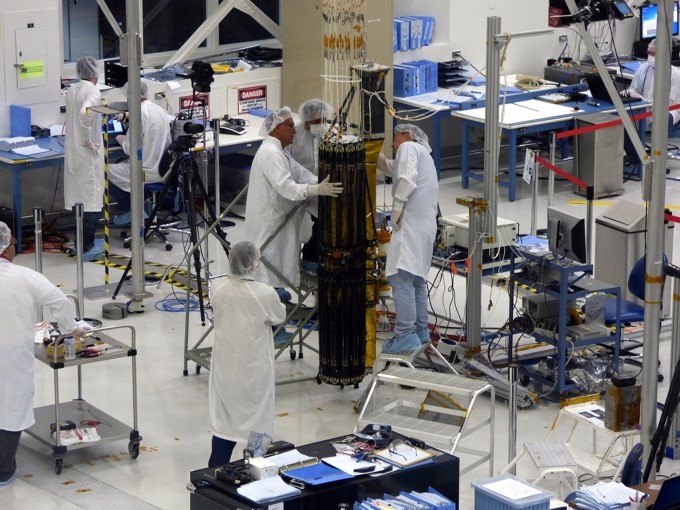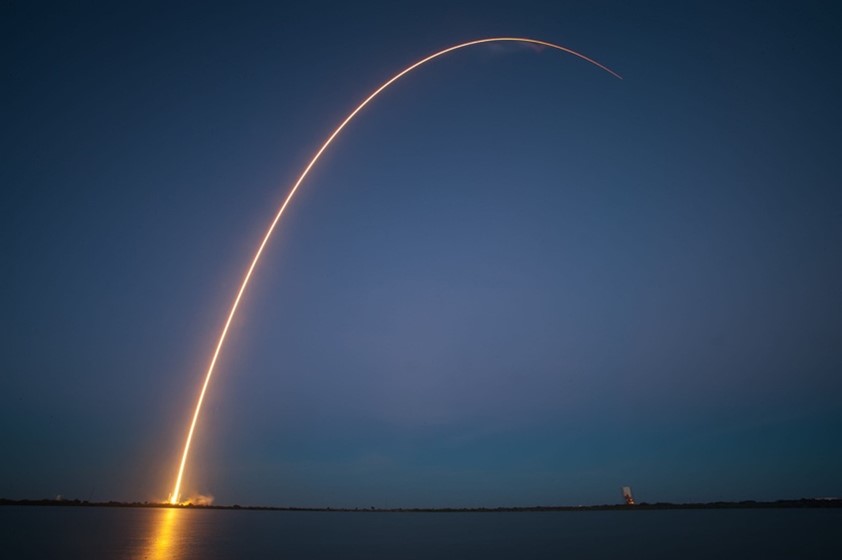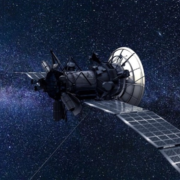Overcoming Challenges and Embracing Innovations in the LEO Satellite Era. YTTEK’s Support and Solutions
The emergence of LEO (Low Earth Orbit) satellites has created exciting possibilities for communication and observation, heralding a new era for technology and business. However, the development of LEO satellites poses numerous challenges, including the rigorous environmental testing and standardization of communication protocols. This article aims to explore and explain the complexities of these specific factors.

Environmental Testing Illusion / PIXABAY
Rigorous Environmental Testing
The testing process of space technology in the LEO satellite domain is crucial to ensure its reliability and resilience in harsh space conditions. As LEO satellites launch into space, they must endure extreme temperature variations and vibrational stress. The term “extreme temperature variations” refers to the sudden shift of the satellite’s temperature from room temperature on Earth’s surface to the extremely low temperatures of space, and the potential for high temperatures when exposed to direct sunlight. These rapid temperature changes can cause stress on the satellite’s structure and materials, which require designs that can withstand such fluctuations.

A satellite being launched into space / PIXABAY
Vibrational stress refers to the intense mechanical vibrations that occur during a satellite launch. These vibrations can affect different satellite parts, making it necessary to conduct detailed vibration testing during the design and manufacturing stages. Exposure to radiation in space is another critical consideration in the rigorous testing of satellites. The space environment is characterized by high levels of radiation, including both solar and cosmic radiation. This can potentially impact the functioning and performance of satellite components.
Standardized Communication Protocols
The absence of standardized communication protocols for LEO satellites poses a current challenge in their development. Some satellite operators, such as SpaceX and Amazon, adopt a vertically integrated approach and develop their own communication protocols. On the other hand, companies like OneWeb and Telesat follow a collaborative strategy by entrusting satellite and terminal designs to traditional satellite manufacturers and terminal system integrators. They adhere to the DVB protocol standard, which is similar to synchronous satellites currently in orbit. It is noteworthy that 3GPP entered the satellite broadband communication domain relatively late. They incorporated NR NTN in R17 and anticipated its practical implementation in R19.
YTTEK’s Advanced Solutions for Satellite Communication
YTTEK offers a range of comprehensive solutions for satellite communication. These include satellite communication payloads, UT-terminal array antennas, and high-speed modems for ground stations. YTTEK’s Y.FORCE S is an X-Band ground station modem that operates using the CCSDS protocol. Distinguishing itself with dual transmit and dual receive RF paths, each capable of supporting a 400MHz bandwidth. This modem will play a pivotal role in receiving communication signals from Taiwan’s domestically developed LEO satellite this year.
YTTEK is enthusiastic about the revolutionary potential of LEO satellites. We aim to leverage these advancements to enhance connectivity, expand communication capabilities, and contribute to the evolution of satellite technology. Through our innovative solutions, we strive to play a crucial role in maximizing the positive impact of LEO satellites on satellite communication.

